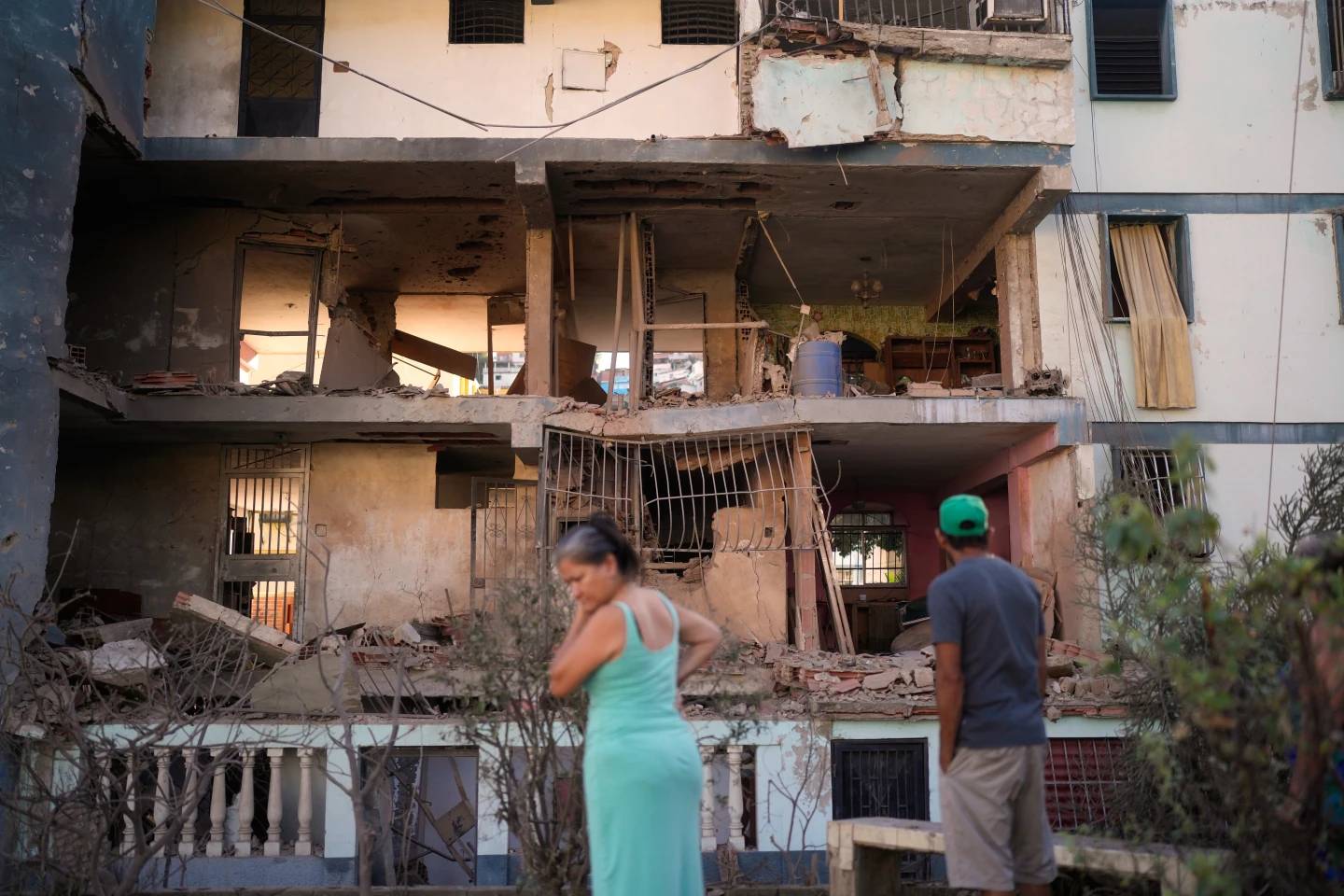ROME – Today is the great Roman feast of Sts. Peter and Paul, the patron saints of the Eternal City. The double feast is of ancient origin, but the link between the two saints has taken on even greater significance with the modern papacy.
It was the late Pope John Paul II who once said that he considered himself not only the successor of Peter but, to some extent, of Paul too — meaning as the great communicator of the Church as well as a tireless missionary.
Modern popes have become, in effect, the Evangelist-in-Chief of the Catholic Church, using the media of their day, just as Paul did in his, to spread their message.
Like John Paul II before him, Pope Francis too has engaged the media with gusto. For one thing, he’s given more interviews to journalists than anyone can count, so much so that whole sections of libraries probably could be filled with the transcripts.
RELATED: What trips were to John Paul II, interviews may be to Francis
And, yet.
Yet the towering irony is that while John Paul II and Francis both became media sensations, demonstrating an instinctive genius for gestures and soundbites, that success hasn’t always been translated into the effectiveness of the Vatican’s own institutional communications.
Indeed, in a recent interview with the Ukrainian news outlet Glavcom, Major Archbishop Sviatoslav Shevchuk of Kyiv, leader of the Greek Catholic Church, said something out loud that many observers have long mumbled sotto voce – to wit, the Vatican’s communication system is bad and getting worse, not better.
Referring to Pope Francis’s efforts to reform the Vatican, Shevchuk said “we’re in a moment of transition in which the institution is undergoing changes, which, however, aren’t improving its efficiency.”
The Greek Catholic prelate pointed to communications in particular as a problem area. Here’s what he said:
“The biggest problem I see today in the machinery of the Vatican is communications, communication with the world, especially through the media. In reality, today the pope doesn’t have a spokesperson who can act as constant communicator with journalists when we don’t understand the pope or his statements aren’t entirely clear.
Naturally, everyone wants to understand exactly what the pope said and what he meant by it. If it’s not understood, who can you go to for clarifications? It used to be the Vatican spokesperson who took care of it, but not today. I don’t know why, and I can’t understand it by myself. [It seems] the pope wants to be his own spokesperson.”
Therein lies the heart of the problem: Francis may be a great communicator himself, but he has not, in the eyes of most observers, created a great communications system.
As Shevchuk indicated, during the John Paul II years there was at least a powerful spokesman in Spanish layman Joaquin Navarro-Valls, who was a genuine insider with unrestricted access to the pope, and who therefore could issue clarifications, based on his own access and standing, which people took seriously.
(Navarro-Vall’s memoirs, by the way, My Years with John Paul II, recently appeared in Spanish and Italian.)
It’s not that all was sweetness and light in the Navarro years – it was often hard to know, for instance, where John Paul’s thinking ended and Navarro’s spin began. Moreover, the dynamic duo of John Paul and Navarro often obscured the fact that the Vatican’s communications system, as opposed to the personalities at the top of the pyramid, remained seriously dysfunctional.
Since Navarro stepped down in 2006, no spokesman has enjoyed anything like his direct personal relationship with the boss. As a result, directors of the Vatican Press Office have become more akin to employees of the Secretariat of State, and are able to release only the information provided to them by the powers that be.
Indeed, as Shevchuk suggested, the problem actually has been compounded under Francis’s reform with the creation of the Dicastery for Communications, which has, in effect, created another layer of bureaucracy through which a spokesperson is compelled to wade before he or she can say anything useful.
In part, this is a question of personal style. Francis is legendarily allergic to being “handled,” and thus resistant to creating the impression that anyone else is truly able to speak definitively in his name.
Whatever the explanation, the plain fact is that there’s a clear imbalance between the personal and the structural when it comes to communications by, and about, popes.
Somewhat cheekily, we might say today’s feast is therefore a reminder that when it comes to communications, modern popes have got the Paul part down.
They’ve embraced the tools the media offer to spread their message, often to astonishing personal success – Pope Francis, for example, was the third most followed world leader on Twitter in 2022, behind only U.S. President Joe Biden and Indian Prime Minister Narendra Modi.
What’s missing to some extent is the Peter element, meaning the governance challenge of not merely being a great communicator, but of building a great communications system.
Perhaps that’s a challenge for a different day … but if one were inclined to offer up a pious wish in prayer, it’s hard to imagine a better occasion than today.















